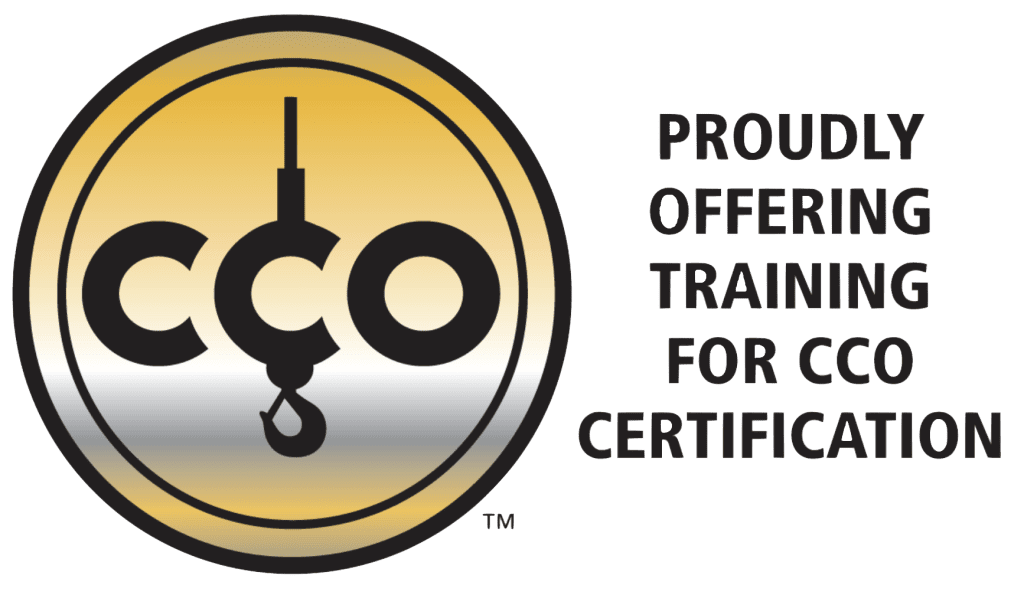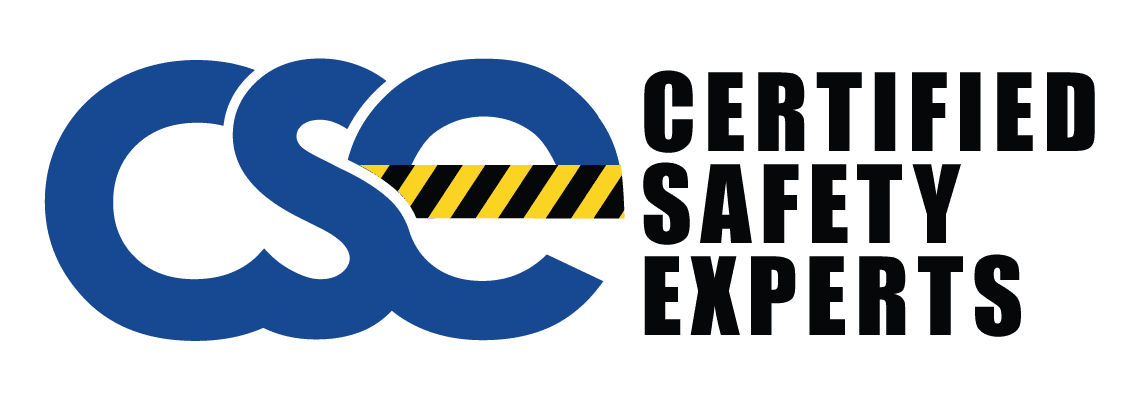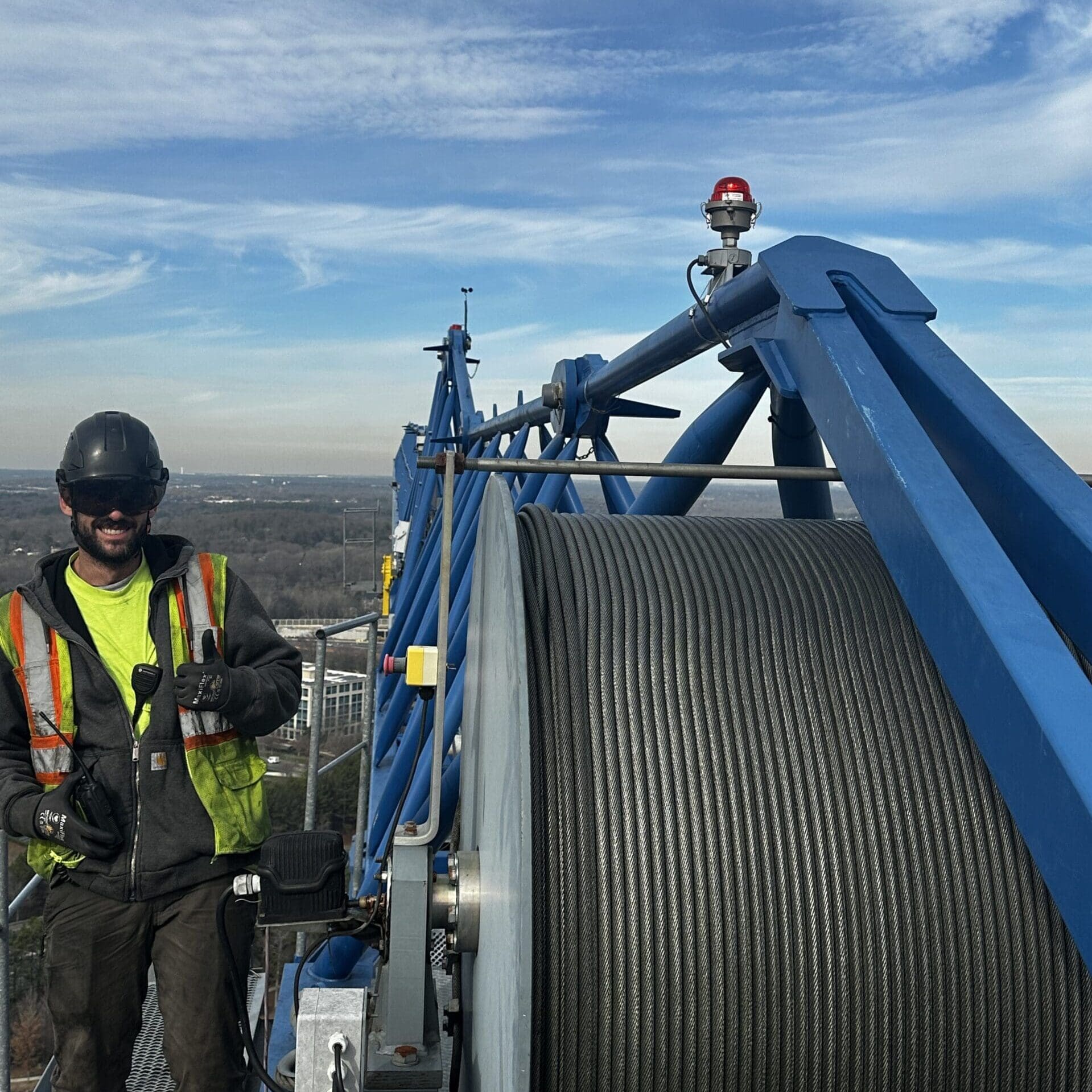When it comes to safety in the construction industry, having a construction safety expert on your team is like having a compass in the wilderness. You need someone to guide you through the regulations, the protocols, and the best practices that keep your team safe. But safety doesn’t just happen; it requires active engagement from everyone involved. That’s where effective safety training programs come in.
Why Safety Training Matters
Before we dive into the nuts and bolts of effective safety training programs, let’s talk about why they matter. According to the Occupational Safety and Health Administration (OSHA), thousands of construction workers are injured on the job every year, with many injuries resulting in lost time and significant medical costs. Implementing robust safety training not only protects employees but also safeguards the company’s bottom line.
An effective safety program can reduce accidents, lower insurance costs, and foster a culture of safety that permeates every level of the organization. When employees understand safety protocols and are actively engaged in the process, they’re less likely to make mistakes that could lead to accidents.
Key Components Of An Effective Safety Training Program
So, what does an effective safety training program look like? Here are the key components:
Comprehensive Curriculum
A well-rounded training program covers all aspects of safety, from basic protocols to specific hazards associated with construction work. This might include topics like:
- Fall protection
- Scaffolding safety
- Personal protective equipment (PPE)
- Hazard communication
- Emergency response procedures
Make sure the curriculum is tailored to the specific needs of your workforce. Different teams may face different hazards, so customization is crucial.
Hands-On Training
Theory is important, but hands-on experience is what really solidifies learning. Engage employees through simulations, role-playing, and on-site training exercises. For instance, if you’re teaching about fall protection, don’t just talk about it—show them how to properly wear a harness and use safety lines in a controlled environment.
Regular Refreshers And Updates
Safety training shouldn’t be a one-and-done deal. Just like the construction industry itself, safety protocols are always evolving. Make it a point to conduct regular refresher courses to keep your team up to date on new regulations, techniques, and equipment.
Engagement And Feedback
Encouraging employee engagement is critical. After all, they’re the ones in the trenches, and they often have valuable insights about what works and what doesn’t. Create a culture where employees feel comfortable providing feedback on the training process and suggesting improvements.
Consider conducting anonymous surveys or holding open discussions where employees can voice their opinions without fear of repercussion.
Leadership Involvement
For safety training to be effective, it must be taken seriously at all levels of the organization. Leadership should not only attend training sessions but also actively participate and show their commitment to safety. When employees see their leaders taking safety seriously, they are more likely to do the same.
Building A Culture Of Safety
Now that we’ve covered the key components of effective safety training, let’s discuss how to build a culture of safety within your organization.
Lead by Example
As mentioned, leadership involvement is crucial. When leaders prioritize safety, it sets a tone for the rest of the team. Whether it’s wearing the appropriate PPE, following safety protocols, or participating in safety training, leaders should embody the principles they preach.
Recognize And Reward Safe Behavior
Positive reinforcement can be a powerful motivator. Consider implementing a rewards program that recognizes employees who consistently follow safety protocols or contribute to the safety training program. This could be as simple as a shout-out during a team meeting or a more formal recognition program.
Encourage Open Communication
A culture of safety thrives on communication. Encourage your employees to voice their concerns, report hazards, and ask questions about safety protocols. Create an environment where safety discussions are part of the daily routine, rather than an afterthought.
Employee Engagement: The Heart Of Safety Training
So, how do you keep employees engaged in safety training? Here are some effective strategies:
Interactive Learning
Utilize technology and interactive methods to make training sessions engaging. Consider using virtual reality (VR) for immersive training experiences that allow employees to practice safety protocols in a controlled environment.
Gamification
Gamifying safety training can make it more engaging and fun. Introduce quizzes, challenges, or team competitions that encourage employees to learn while also fostering camaraderie among coworkers.
Tailor Training To Individual Roles
Not everyone in your organization will face the same hazards, so it’s essential to tailor training to the specific roles of your employees. By focusing on the hazards most relevant to their daily tasks, you’re more likely to capture their interest and keep them engaged.
Involve Employees In The Training Process
Consider involving employees in the training process itself. Whether it’s sharing their experiences during training sessions or assisting in the development of training materials, allowing employees to take an active role fosters a sense of ownership over safety protocols. See more on Construction Safety Experts: Ensuring Workplace Safety.
Measuring Success
Lastly, how do you know if your safety training program is effective? Here are some metrics to consider:
- Incident Rates: Track the number of accidents and injuries before and after implementing the training program.
- Feedback Surveys: Regularly gather feedback from employees about the training process and its effectiveness.
- Employee Participation Rates: Monitor how many employees attend training sessions and engage in safety discussions.
The Role Of A Construction Safety Expert
Incorporating a construction safety expert into your organization can elevate your safety training efforts. They bring specialized knowledge and experience that can enhance your programs. They can help identify potential hazards, customize training materials, and ensure compliance with regulations.
Moreover, a construction safety expert can serve as a resource for employees, providing them with the information they need to stay safe on the job. They can also act as a liaison between management and workers, ensuring that everyone is on the same page when it comes to safety.
Conclusion
Effective safety training programs are essential in the construction industry, not only for compliance but for the well-being of your employees. By focusing on engagement, tailoring training to individual roles, and involving employees in the process, you can foster a culture of safety that resonates throughout your organization.
So, if you’re looking to boost your safety training efforts, consider enlisting the help of Certified Safety Experts. With their guidance, you can create a safety program that not only meets regulatory requirements but also truly engages your workforce, ultimately leading to a safer, more productive workplace.
Remember, safety is not just a box to check; it’s a commitment to your team, your projects, and your success. Get in touch with us today!




